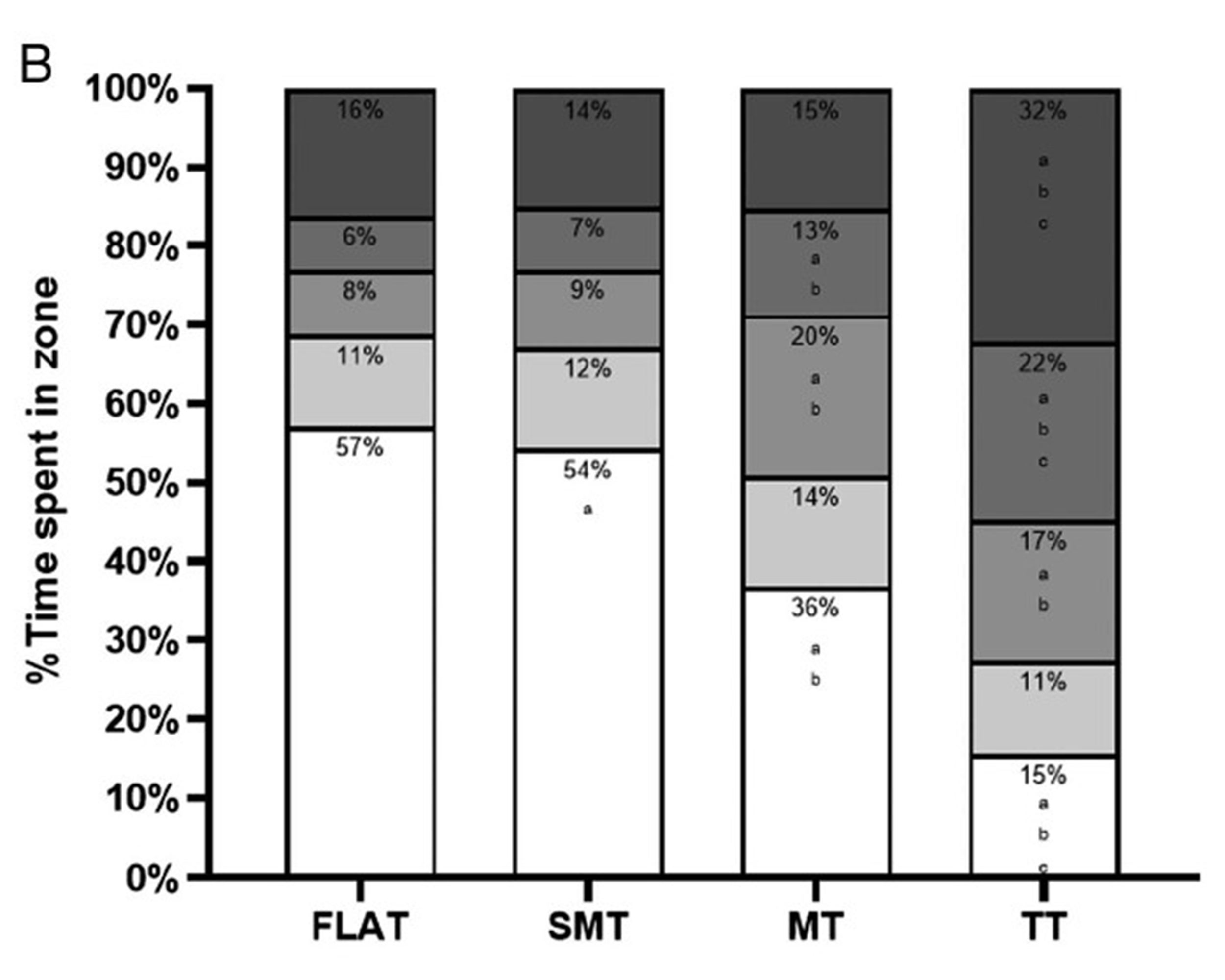I’d never say it to their faces, but as a scrawny distance runner I’ve always enjoyed watching muscle-bound decathletes run their final event, the 1,500 meters. They make it look almost as hard as the pole vault would be for me. Of course, they don’t actually have to race against middle-distance specialists. In cycling, on the other hand, the sprinters, time-trialists, climbers, and all-arounders all compete in the same Grand Tours. Imagine, for example, if Usain Bolt had to finish the marathon within a certain time limit in order to start the 100-meter final the next day. What would that take?
A pair of new studies in the International Journal of Sports Physiology and Performance offers a unique look at power data collected by retired German sprinter Marcel Kittel, who over the course of his career won 14 Tour de France stages. Line that up next to a similar study published last year showing the power data of Dutch rider Tom Dumoulin, an all-arounder who has won the Giro D’Italia and placed second overall in the Tour de France, and you have a unique window into the physiological demands of a Grand Tour from two very different perspectives.
All three studies were led by Teun Van Erp, who worked with both Kittel and Dumoulin as a sports scientist when they were racing with what’s currently known as Team DSM (formerly Team Sunweb and Team Shimano, among other names). He’s now a postdoc at Stellenbosch University in South Africa. I’ve written about his research with the Team DSM cyclists a few times previously: he and his colleagues found that subjective measures like perceived effort seem to be as good as high-tech measures like power meters for monitoring training load, and in another study compared racing data from their men’s and women’s team.
One way of quantifying the demands of a Grand Tour is the time a rider spends in each of their five different power zones, which are based on their functional threshold power. Here’s what that looked like for Dumoulin, an all-around rider who is particularly good at time trials and climbing, over the course of four different Grand Tours:

These are races that cover 2,200 to 2,500 miles in 85 to 95 hours over the course of three weeks, so it’s not surprising that about 80 percent of the time is spent in the three low-intensity zones. The race is won and lost in relatively short periods of time, particularly on mountain climbs that typically take 20 to 30 minutes.
That’s the data for Dumoulin, a guy who weighs about 150 pounds and has to be competitive in flat stages, mountain stages, and time trials in order to be in the hunt for the overall title. But what about Kittel, who weighs just under 200 pounds, much of it in the form of thigh muscle? He needs that muscle to uncork huge power in finishing sprints at the end of flat stages, but the nature of the Grand Tour means he also has to lug that muscle over the mountain passes—and still finish within a cutoff that ranges from about seven to 22 percent behind the winning time.
At first glance, Kittel’s data looks pretty similar. Here’s the same graphs for four editions of the Tour de France:

But Kittel is actually spending 25 to 30 percent of his time in the top two zones, compared to 20 percent for Dumoulin. “What surprised me the most was how much heavier a Grand Tour was for Marcel compared to Dumoulin,” Van Erp told me in an email. “Further, he has to spend an incredibly high amount of time in z4 and z5 on the mountains situated in the first part of the race to be able to stay in the grupetto [i.e. the main pack of non-climbers who fall behind during a mountain stage].”
In the 2017 Tour, Kittel won five stages, including the 10th and 11th. In the 12th stage, which featured three major climbs, he finished 170th, more than 34 minutes behind the stage winner. He’s like the decathlete struggling through a 1,500, and you might think he’s lollygagging, saving up his energy for the next sprint stage. But here’s the same data broken down by different types of stage: flat, semi-mountainous, mountainous, and time trial. Take a look at how hard he’s working on those mountain stages!

(The time trials are way shorter, often less than half an hour, so are ridden at a much higher intensity.)
One way of comparing physiology among different types of riders is to look at power output (which is usually measured by a power meter that detects how hard you’re pressing on the pedals) divided by weight. The more you weigh, the greater the power you need to be able to sustain, particular for uphill climbs where other factors like aerodynamics don’t matter as much. Dumoulin’s functional threshold power ranged between 5.8 and 6.0 watts per kilogram in the years covered by the study; Kittel, working against a much bigger weight, was 4.9 W/kg. The latter number, Van Erp argues, is probably the bare minimum necessary to finish a Grand Tour without missing any cutoffs.
The second paper on Kittel’s data takes a deep dive into sprint tactics during two periods of his career: with Team Shimano in 2013-2014, and with Team Quick-Step in 2016-2017. These sprints are highly choreographed, relying on a series of domestiques to lead the sprinter into position for a potential win at the very end of the race.
With Shimano, Kittel’s power output tended to be higher between ten minutes and 30 seconds from the finish, resulting in a better position as the sprint started. With Quick-Step, he didn’t work as hard in the lead-up to the sprint and had worse positioning as a result, but was able to accelerate harder starting with 30 seconds left. Kittel was good enough to win sprints with either approach, but that may not be true for most sprinters, Van Erp says. It’s a good point to remember: the finishing sprint is always memorable, but the race is often won or lost in the battle for good position before the real sprint starts.
One of the neat things in cycling is all the subplots happening on any given day of a Grand Tour. Some riders are trying to win the stage; others are trying to move up the overall rankings; others are trying to pick up points by winning climbs or intermediate primes. It turns out that there’s yet another layer of drama going on at the back of the pack, as the sprinters try to avoid elimination—and the physiology suggests that, by some measures, they’re working even harder than the leaders. When the Grand Tours resume this summer, here’s hoping for some good screen time for the grupetto.
For more Sweat Science, join me on Twitter and Facebook, sign up for the email newsletter, and check out my book Endure: Mind, Body, and the Curiously Elastic Limits of Human Performance.


